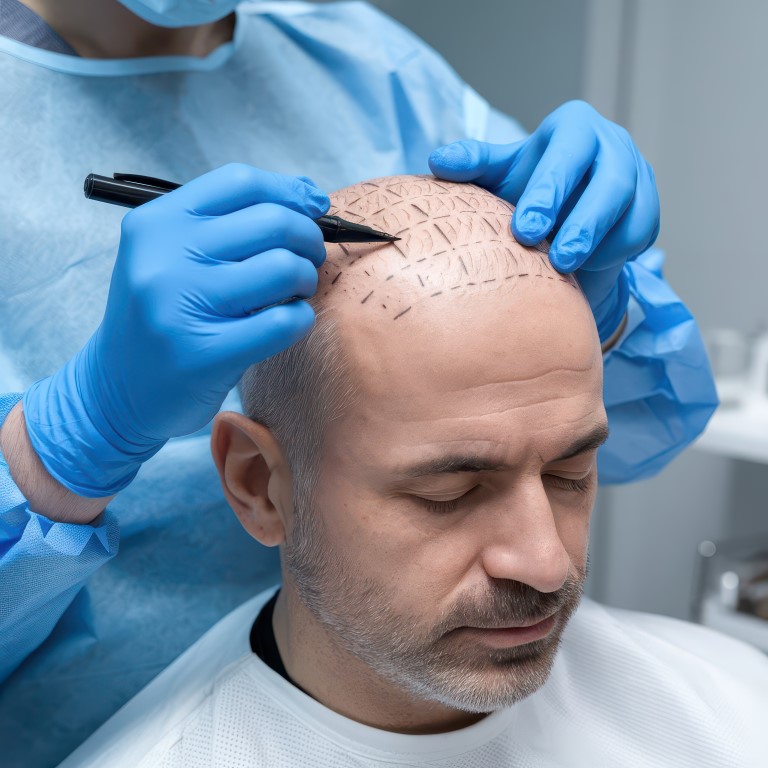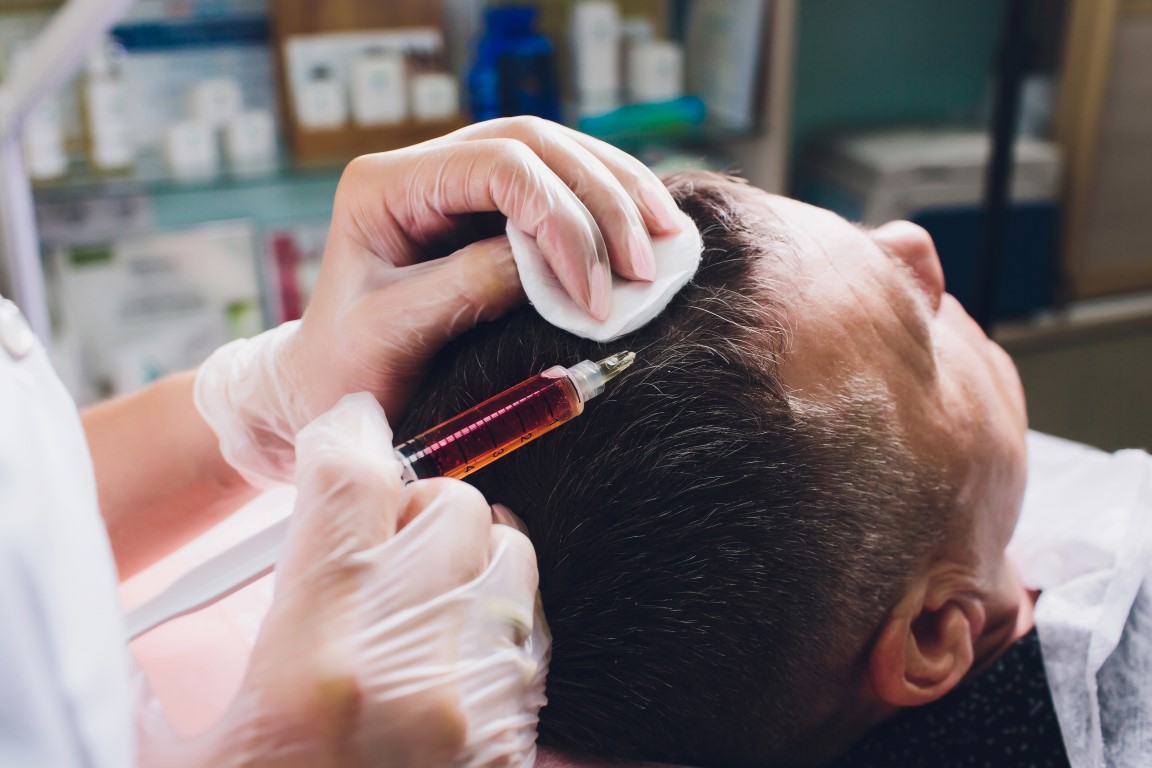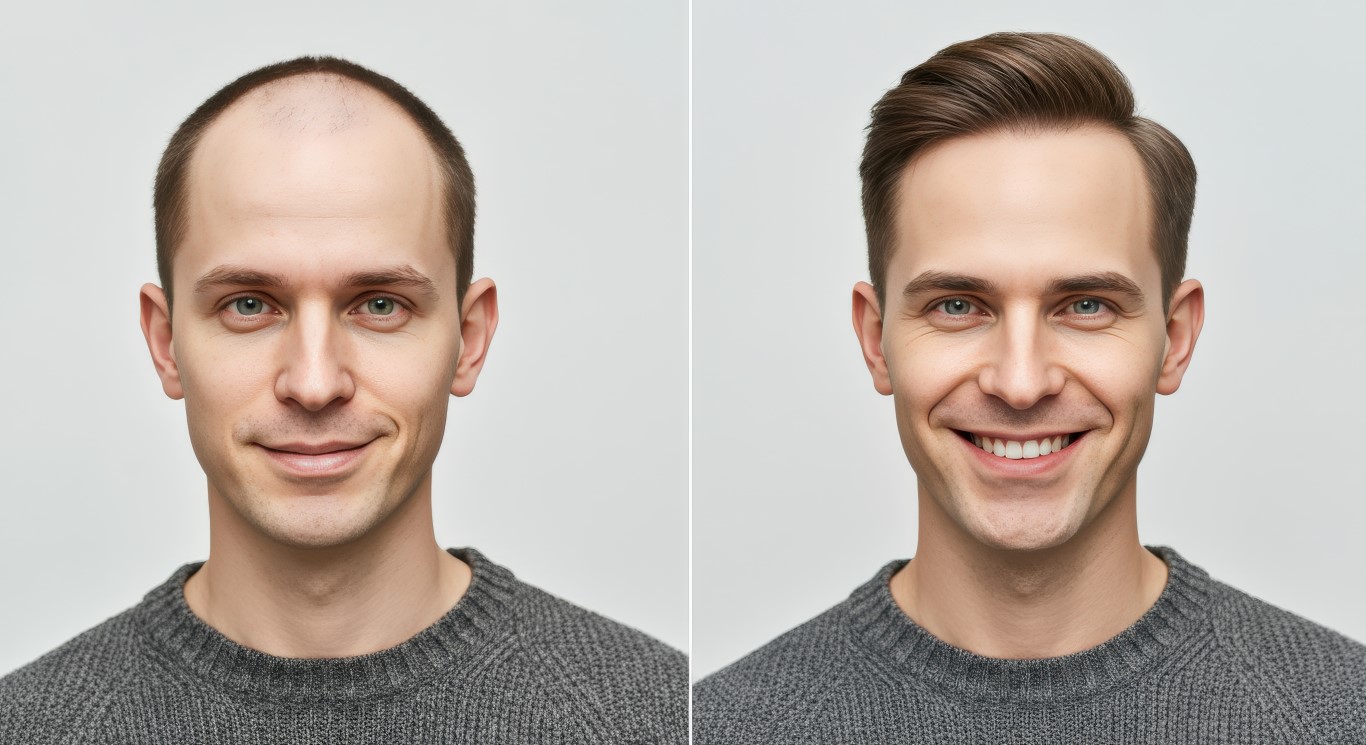
Causes of Hair Loss and When to Consider a Hair Transplant
Hair is an essential part of personal identity, and experiencing hair loss can be distressing for both men and women. While some hair shedding is normal, excessive or persistent hair loss may indicate an underlying issue that requires attention. In many cases, a hair transplant can be a life-changing solution for restoring confidence and a fuller head of hair.
 This guide explores the most common causes of hair loss and how to determine the right time to consider a hair transplant.
This guide explores the most common causes of hair loss and how to determine the right time to consider a hair transplant.


 This guide explores the most common causes of hair loss and how to determine the right time to consider a hair transplant.
This guide explores the most common causes of hair loss and how to determine the right time to consider a hair transplant.
Common Causes of Hair Loss
Hair loss can occur due to various factors, ranging from genetics to lifestyle choices. Some of the most common causes include:Androgenetic Alopecia (Genetic Hair Loss)
- The most common cause of hair loss, also known as male or female pattern baldness.
- Hereditary condition that progresses gradually over time.
- In men, it typically causes a receding hairline and bald spots on the crown.
- In women, it leads to overall thinning, especially on the top of the scalp.

Hormonal Imbalances
- Hormones play a crucial role in hair growth.
- Conditions such as thyroid disorders, pregnancy, menopause, and polycystic ovary syndrome (PCOS) can contribute to hair thinning.
Stress and Lifestyle Factors
- High levels of stress can trigger telogen effluvium, causing excessive hair shedding.
- Poor nutrition, lack of sleep, and smoking can contribute to hair loss.
Medical Conditions and Medications
- Autoimmune diseases like alopecia areata attack hair follicles, leading to patchy hair loss.
- Certain medications, including chemotherapy drugs, antidepressants, and blood thinners, can cause temporary or permanent hair loss.
Poor Hair Care Practices
- Excessive heat styling, chemical treatments, and tight hairstyles (like ponytails and braids) can damage hair follicles and lead to hair loss.
- Using harsh hair products can weaken hair strands over time.
Nutritional Deficiencies
- Lack of iron, biotin, vitamin D, and protein can impact hair growth.
- A well-balanced diet is essential for maintaining healthy hair.
When to Consider a Hair Transplant
Not all types of hair loss require a transplant, but for permanent hair loss, a hair transplant may be the best option. Here are some factors to consider:Hair Loss is Permanent and Progressive
- If hair thinning is due to genetic factors and other treatments like medications or PRP therapy are not effective, a hair transplant can provide a long-term solution.
Presence of a Healthy Donor Area
- A successful transplant requires strong, healthy hair follicles from the back or sides of the scalp.
- A consultation with a specialist will determine whether there is enough donor hair for natural-looking results.
Non-Surgical Treatments Have Not Been Effective
- Many patients try medications like Minoxidil or Finasteride, as well as PRP (Platelet-Rich Plasma) therapy before considering surgery.
- If these treatments fail to stop hair loss or restore growth, a transplant may be the next step.
Impact on Confidence and Self-Esteem
- If hair loss significantly affects self-esteem and quality of life, a transplant can help restore confidence and improve overall well-being.

How Does a Hair Transplant Work?
There are two main techniques used in modern hair transplantation:Follicular Unit Extraction (FUE)
- Individual hair follicles are extracted from the donor area and implanted into thinning or balding areas.
- This technique is minimally invasive, with a quick recovery time and no visible scars.
Direct Hair Implantation (DHI)
- A more advanced version of FUE, using a specialized implanter pen for precise graft placement.
- Ensures denser and more natural-looking results with faster healing.









